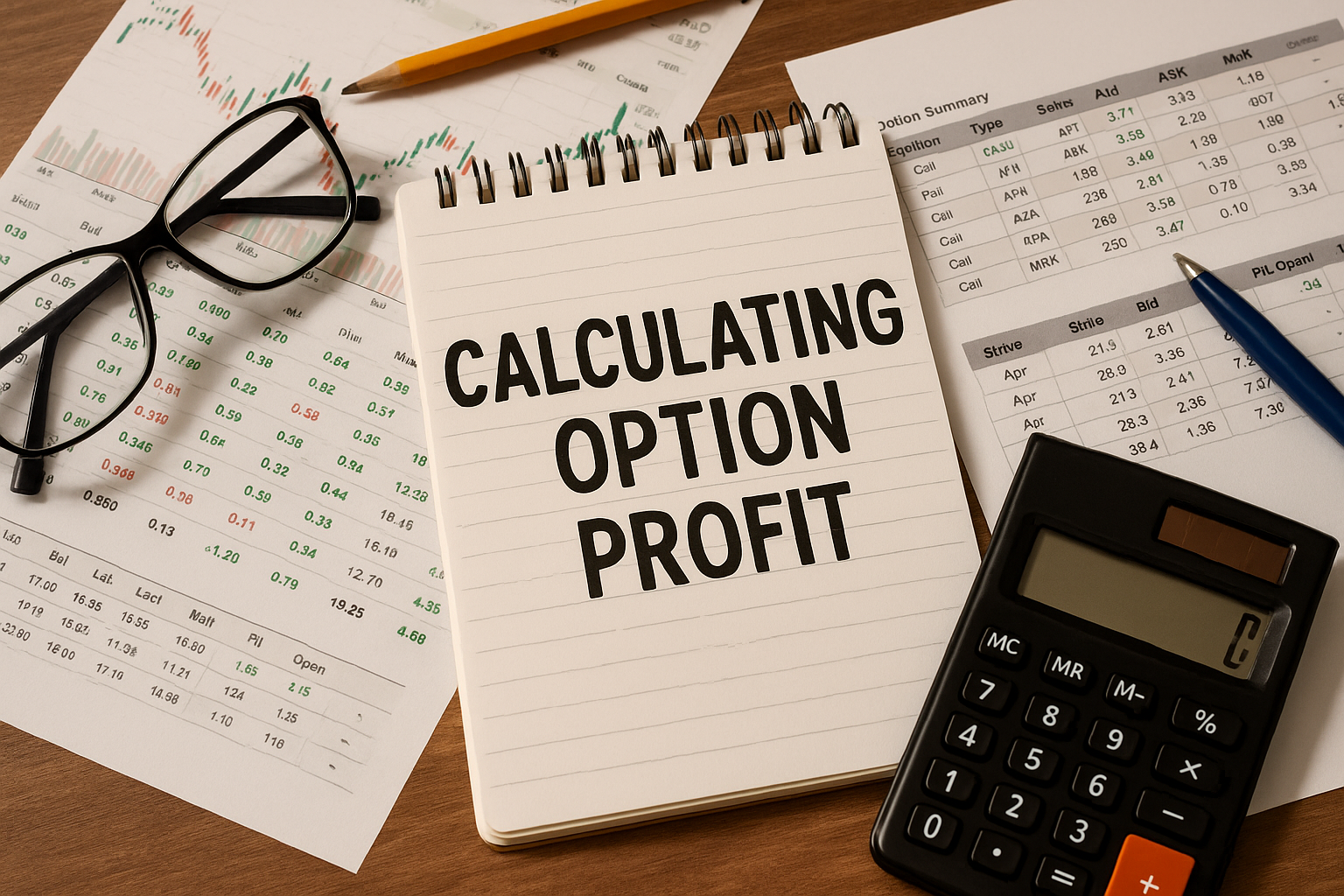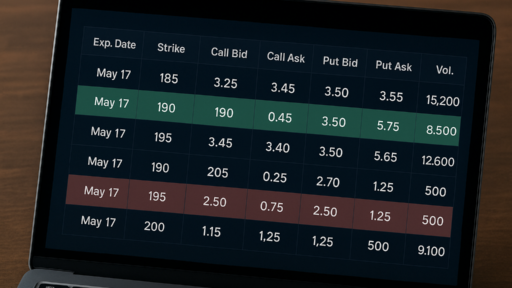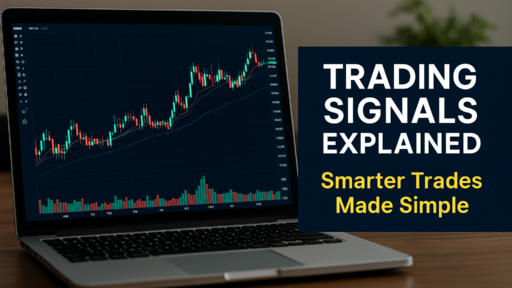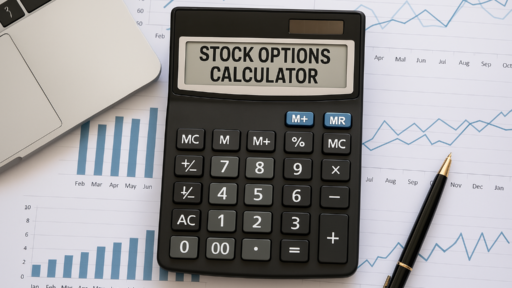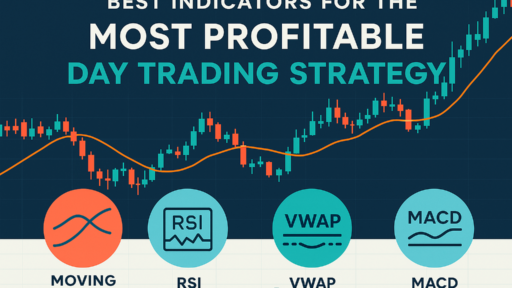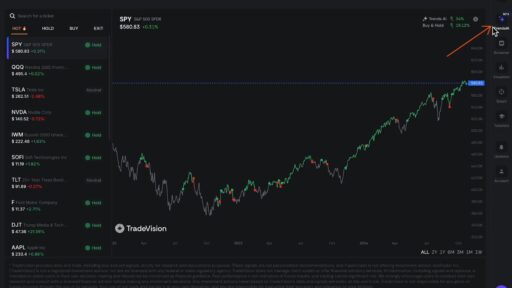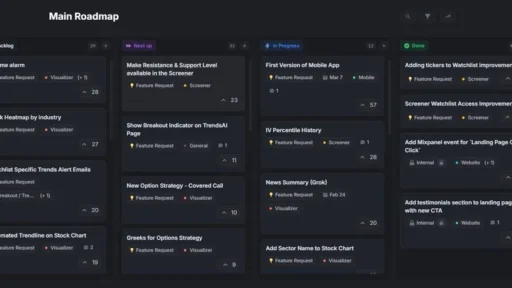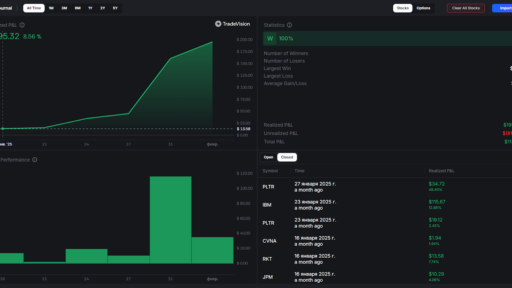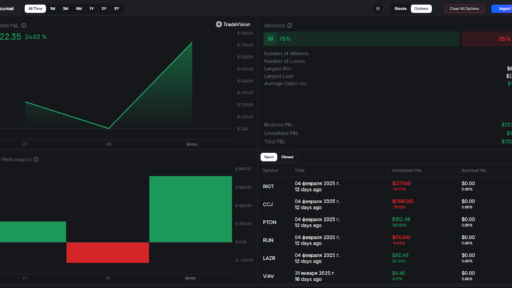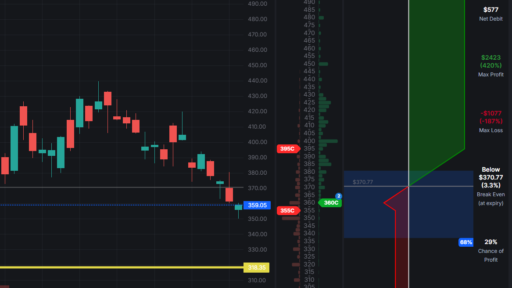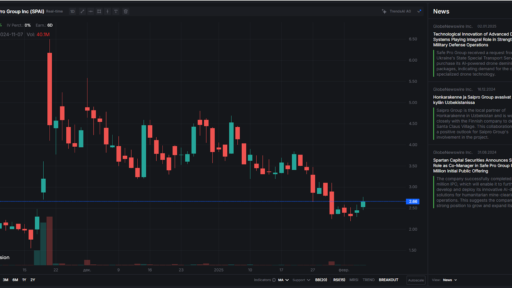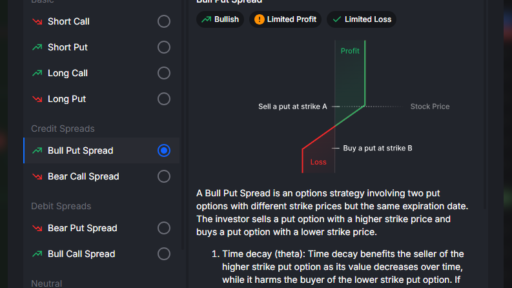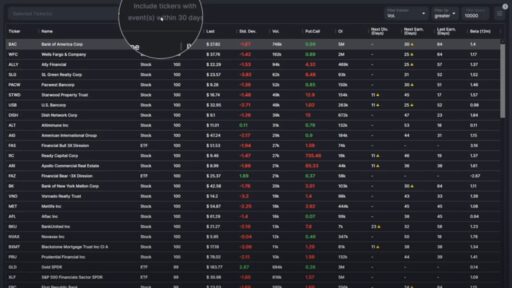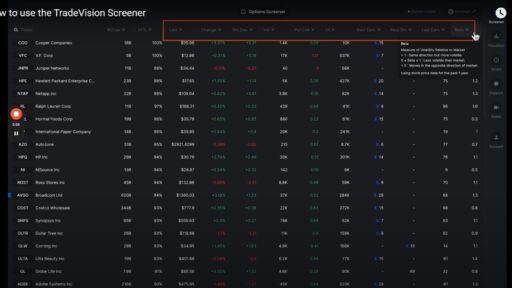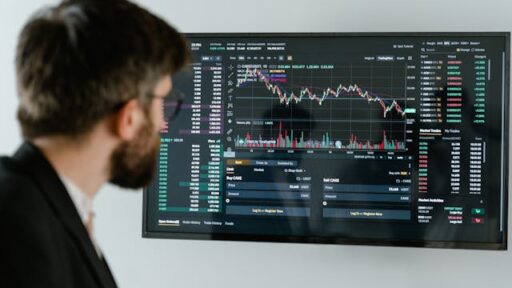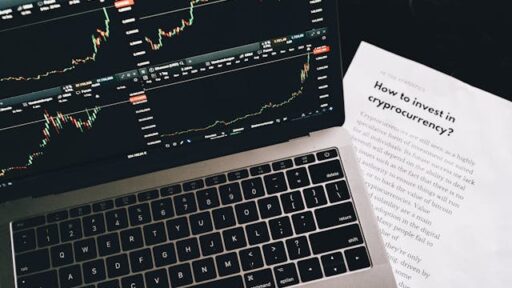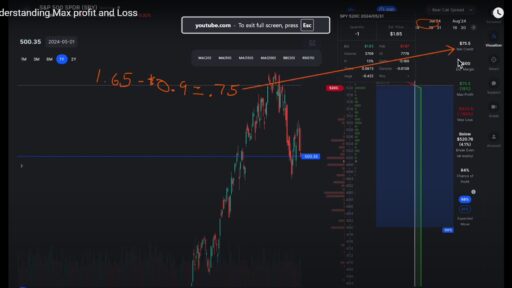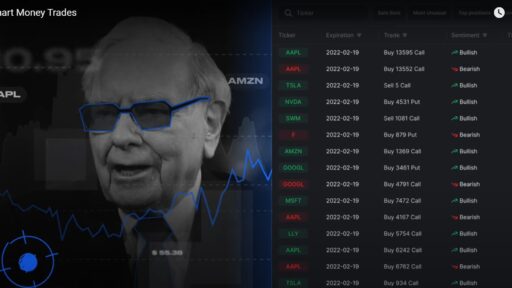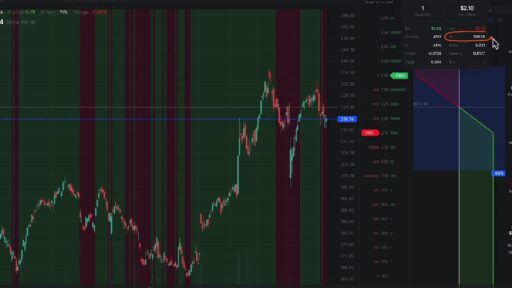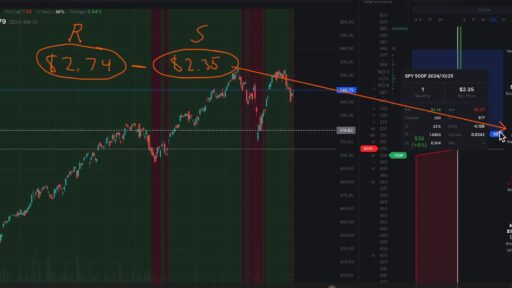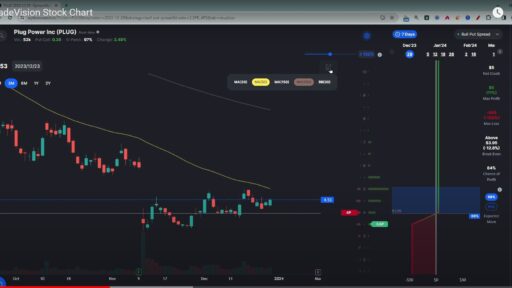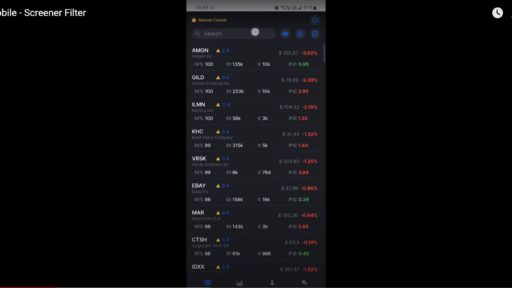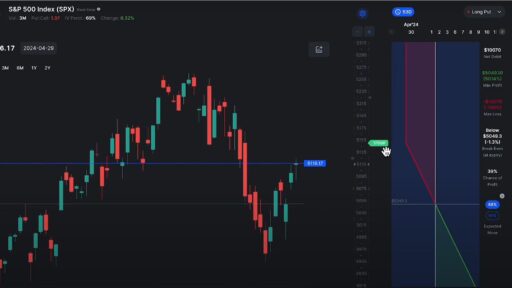Options trading can be an exciting way to grow your money, but let’s be honest — it can also be a little intimidating, especially when it comes to calculating option profit. There’s a lot more to it than just looking at the buy and sell price difference. Between fees, market factors, and good old human error, plenty of traders end up making mistakes that cut into their profits.
In this post, we’re going to talk through the most common mistakes traders make when calculating option profit, how to avoid them, and how tools like T calculating option profit is so cr calculating option profit is so crcan help keep your numbers accurate — without making you feel like you need a finance degree to trade options.
Let’s dive in.
Why Calculating Option Profit Matters
Before we get into the mistakes, it’s worth taking a second to explain why calculating option profit is so crucial.
Unlike regular stock trades where your profit is simply the difference between your buy and sell price, options involve premiums, strike prices, expiration dates, volatility, and time decay. Missing just one piece of this puzzle can turn a profitable trade into a loss — or worse, leave you thinking you made money when you actually lost.
Having a reliable, repeatable way of calculating option profit keeps you grounded, helps you make smarter decisions, and prevents those head-in-hands moments when you realize you missed something important.
Mistake #1: Ignoring Transaction Costs When Calculating Option Profit
One of the biggest and easiest mistakes traders make is forgetting to factor in all the extra costs associated with their trades.
When you buy and sell options, it’s not just about the premium. You’ll also be charged:
- Brokerage commissions
- Transaction fees
- Exchange fees
- Assignment or exercise fees (if applicable)
Example:
Let’s say you bought a call option for $1.50 per contract (with 1 contract controlling 100 shares), and sold it later for $3.00. It looks like a $150 profit, right?
But if you paid $1 per contract in commissions on both the buy and the sell, and $2 in transaction fees, your actual profit would be:
($3.00 – $1.50) x 100 = $150
Minus
$2 (commissions) + $2 (fees) = $4
Actual profit: $146
It’s a small difference, but multiply that over dozens of trades and it adds up.
Pro Tip:
Use a trading platform like TradeVision that automatically includes transaction costs in its profit calculators, so you’re never left guessing or manually adjusting your numbers.

Mistake #2: Misjudging Breakeven Points When Calculating Option Profit
Another classic error? Not understanding or correctly identifying your breakeven point when calculating option profit.
This is the price your underlying stock needs to reach for your trade to move from loss to profit, taking into account the premium you paid.
Breakeven formulas:
- Call option: Strike price + premium paid
- Put option: Strike price – premium paid
Example:
If you buy a call option with a strike price of $50 for $3, your breakeven is $53. The stock needs to rise above $53 for you to make a profit — not just hit $50.
Many traders mistakenly believe they’re “in the money” as soon as the stock reaches the strike price, but in reality, you need to cover the premium before seeing any profit.
TradeVision Tip:
One of the great things about TradeVision is how it automatically marks your breakeven points on trading charts and calculators. No need to manually jot it down — it’s right there in front of you, making it easy to plan your exits.
Mistake #3: Forgetting About Time Decay When Calculating Option Profit
Time decay, or Theta, is one of the sneakiest factors in options trading. Every day that passes, your option’s value erodes slightly — and it accelerates as expiration approaches.
Many traders forget to factor this in when calculating option profit. They look at the potential move of the underlying stock without considering how much the passage of time will eat into their gains.
Why it matters:
You might be sitting on a profitable trade today, but if you hold it too long, time decay could shrink your profits before you get a chance to close.
Pro Tip:
Always keep an eye on the Theta value of your options. The higher the Theta, the faster your option’s time value erodes. And if tracking Greek values sounds intimidating, don’t worry — TradeVision lays it all out clearly in its option analysis panel.
Other Mistakes to Watch Out For
While those three are the big culprits, plenty of other mistakes can trip traders up when calculating option profit:
- Ignoring volatility’s effect on option prices (Vega)
- Not accounting for early assignment risk on American-style options
- Using static profit/loss tables without adjusting for market conditions
- Forgetting to factor in margin requirements for certain positions
Each of these can impact your profit potential — sometimes significantly.
TradeVision Advantage:
Platforms like TradeVision provide real-time updates on all these factors and how they affect your open positions, making it far easier to adjust your strategy on the fly.
FAQ: Calculating Option Profit
Q: How do you calculate option profit manually?
A: Subtract the premium paid from the option’s value at expiration (or when you close the position), multiply by the number of contracts (times 100), and deduct any transaction and commission fees.
Q: What’s the most common mistake when calculating option profit?
A: Ignoring transaction fees and breakeven points. These can quickly turn what looks like a winning trade into a losing one if overlooked.
Q: Can time decay really wipe out my profits?
A: Yes. Time decay speeds up as expiration approaches, especially for out-of-the-money options. It’s crucial to factor this in when timing your exits.
Q: Are there tools to help automate option profit calculations?
A: Absolutely. Platforms like TradeVision offer built-in calculators that factor in breakeven points, time decay, volatility, transaction costs, and more — giving you a clear, accurate picture of your profits in real time.
Final Thoughts
Calculating option profit might sound simple at first, but once you add in transaction costs, breakeven points, time decay, and market volatility, it gets complicated fast. And small mistakes can quickly pile up and hurt your bottom line.
The good news? You don’t have to do it all manually.
By being mindful of these common pitfalls and using trading tools like TradeVision, you can simplify your workflow, stay on top of your numbers, and trade with confidence knowing your profit calculations are spot on.
If you’re serious about options trading, it’s worth taking the extra time to fine-tune your option profit calculations — and it’s even better when smart software handles the heavy lifting for you.
Ready to trade smarter, not harder?
Check out TradeVision’s options analytics tools and see how easy it can be to stay ahead of the curve.

